
Welcome to Tapanala, high above the plateaus of the Sierra Sur where the mountain peaks tower over the arid desert. Here in this region of Oaxaca is where Don Joel Barriga lives, works, and harvests agave near the ruins of an ex-hacienda. His palenque is just a short 5 miles north of the García’s family and nearly 1,000 feet higher in elevation.



After a day’s work of harvesting both wild and cultivated agave, Don Joel begins the roast in one of two earthen ovens or ‘hornos.’ While relatively small for the mezcal community, Don Joel’s smallest horno can still withstand a max of 5,000 kilograms. Smaller hornos, however, mean roasts are shorter to maintain a constant flow of cooking and distilling. Piñas will typically cook for 3-4 days before they are pulled out and allowed to slowly cool in the open air of this arid high desert.

Once the piñas have cooled, Don Joel crushes the agave with a 1 ton masonry and stone tahona, a method used by many artisanal mezcaleros varying in size and weight. From there, the crushed agave will make its way into wooden fermentation vats and be left to dry ferment for 2-3 days before they are filled with natural spring water found above Don Joel’s palenque. Due to the hot climate in these high mountains, fermentation will rarely last longer than 3-4 days.


At Rancho Tapanala, Don Joel uses one of two copper pot stills which can hold 300 liters and are heated by a natural fire using local wood. The first distillation occurs over a 5-hour period where the first distillate, ‘ordinario,’ will begin to fall off the still after 30 minutes, producing 55 liters. Over the course of the next hour, distillation will continue, but these last ten to fifteen liters are separated out to be redistilled with the next batch of tepache, as they lack sufficient flavor. Once the entire batch of tepache has undergone primary distillation, it is then returned to the still for the ‘resacado,’ or second distillation.

This second distillation will produce roughly two to five liters of heads, or ‘puntas,’ which begin to fall at about 75% ABV and contain undesirable compounds such as methanol. After the first few liters of puntas begin to fall, the heart, or ‘cuerpo,’ is what we as drinkers see in the bottle as mezcal. This begins at around 65% ABV and continues down to about 38% ABV. The final fall is considered tails or ‘colas,’ containing a lower ABV, which we use a small part of to mix with water to bring our mezcal down to bottling proof.

